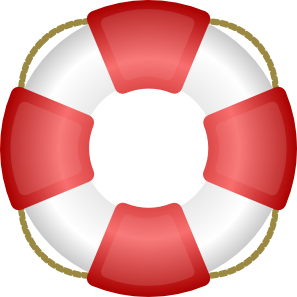 Keeping Your Precious Cargo Safe
Keeping Your Precious Cargo Safe
For those who regularly boat with family members aboard, it is important to never miss the golden opportunity to involve each and every family passenger in some sort of duty aboard the boat. Not only does it become a process that is fun and educational, but it also makes every trip from the pier or launch ramp a chance to strengthen family ties through teamwork and shared responsibility. People enjoying the warm weather last weekend flocked to the water. The large number of people enjoying area lakes and rivers are keeping marine patrols very busy. As summer quickly approaches and family time includes water activities, there are a few reminders that should be considered before venturing out with your “precious cargo”.
A properly fitted life jacket should be warn at all times when in and around our lakes and rivers. In many cases, life jackets save lives. They often help you survive the unexpected, but unfortunately there are no guarantees. Make sure that you and your children are wearing life jackets while enjoying the water this summer. Life jackets are recommended for everyone and are required for children on the water. In Washington, all children younger than 13 years old on boats shorter than 19 feet must wear life jackets that are Coast Guard approved. Make sure they are correctly fitted for the child’s size.
May is the official start of boating season in many states and it’s also when some of the coldest water from snowmelt enters streams and rivers. Cold water can disable a person 15 times faster than cold air. Combined with the cold, strong and fast currents make many rivers and streams treacherous. A calm ocean or bay can be deceiving with current and tidal changes that can quickly sweep people out to sea.
On the water:
- Check water flow condition and hazard warnings before getting in a boat, kayak, or raft. The U.S. Geological Survey updates conditions regularly. Scout the river, lake, or bay before you launch any water vehicle.
In the water:
- Learn to swim.
- Always wear a life jacket in the water.
- Watch for and steer clear of branches, logjams, small dams, and falls that can pin you underwater.
By the water:
- Ocean currents can be unseen but powerful. Rip currents, sneaker waves, undertow, and tidal changes can sweep you off your feet and out to sea.
- Check weather conditions and tide tables before venturing onto the beach.
- If you’re caught in a rip current, swim parallel to shore until you’re out of the current, and then swim to shore.
- Children can slip into the water quickly and quietly – be sure to closely supervise all children around water.
More water safety resources are available on the Department of Health water safety website.
Follow Us: Facebook – Foursquare – Twitter – YouTube – LinkedIn
